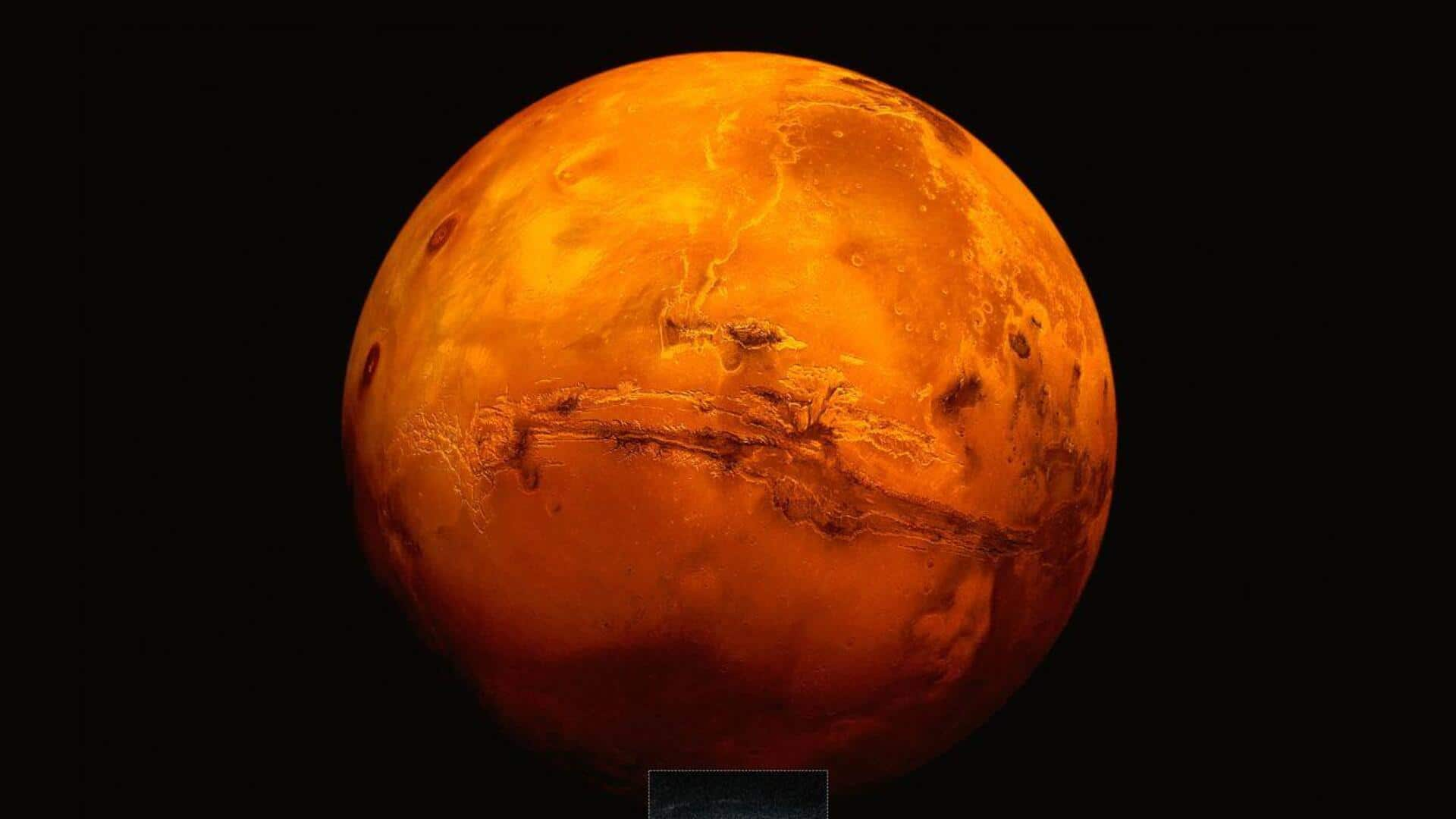
This AI medical assistant shall keep Mars-bound astronauts healthy
What's the story
NASA and Google have teamed up to create an artificial intelligence (AI) medical assistant for future Mars missions. The innovative tool, called the Crew Medical Officer Digital Assistant (CMO-DA), is designed to help the astronauts diagnose and treat symptoms in space. The project falls under a fixed-price Google Public Sector Subscription agreement that covers cloud services, application development infrastructure, and model training costs.
Functionality
CMO-DA was tested on 3 medical scenarios
The CMO-DA works in Google Cloud's Vertex AI environment and can process speech, text, and images. This multi-modal tool was tested for three scenarios: an ankle injury, flank pain, and ear pain. A team of three doctors (one being an astronaut) evaluated its performance across initial evaluation, history-taking, clinical reasoning, and treatment. The assistant showed high diagnostic accuracy with 74% correctness for flank pain evaluation/treatment plan, 80% for ear pain, and 88% for ankle injury.
Advancement
NASA plans to make the tool 'situationally aware'
NASA scientists have revealed plans to further develop the CMO-DA by adding more data sources, such as medical devices. They also want to train the model to be "situationally aware," meaning it would be attuned to space medicine-specific conditions like microgravity. This gradual approach highlights their commitment toward making in-orbit medical care more independent of Earth.
Earthly applications
Potential benefits for Earth-based healthcare
While the primary focus of CMO-DA is to improve astronaut health in space, it also has potential applications in other areas of health. David Cruley, a customer engineer at Google's Public Sector business unit, said the lessons learned from this tool could be applied to remote areas on Earth where doctors are not always available. This shows how space innovations can eventually benefit people everywhere.